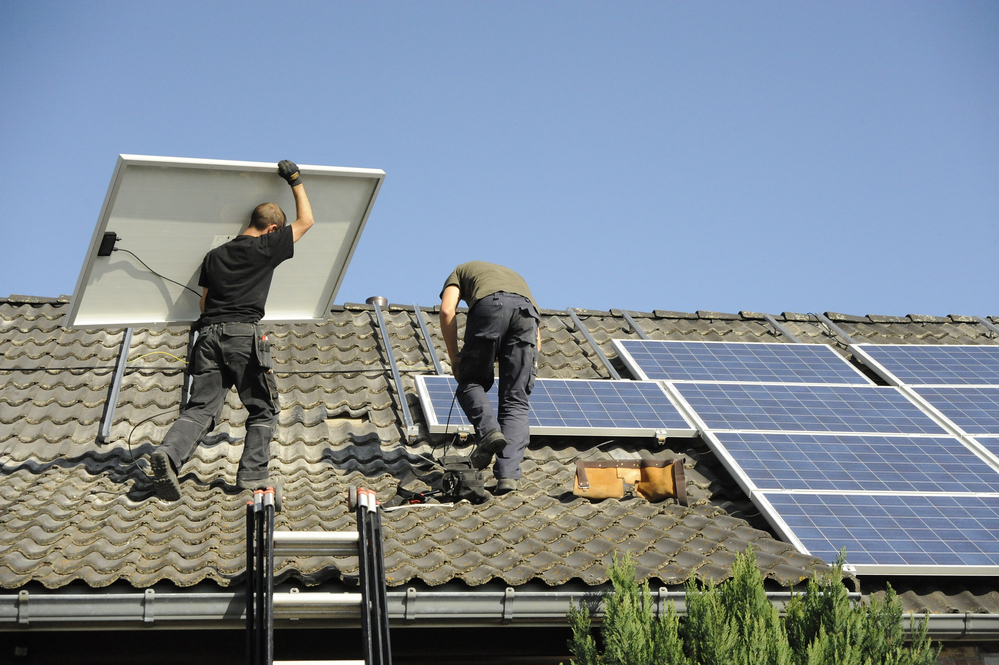Roof waterproofing is a critical undertaking in Singapore, where the tropical climate brings frequent heavy rainfall and high humidity levels. Effectively waterproofing your roof is essential to protect your property from water damage, which can lead to costly repairs and structural issues over time. This guide provides a comprehensive overview and practical steps for beginners embarking on roof waterproofing projects in Singapore.
Roof Waterproofing
Roof waterproofing involves the application of materials and systems designed to prevent water from penetrating the roof structure. In Singapore’s climate, where buildings are constantly exposed to rain and humidity, waterproofing is not just a preventive measure but a necessary investment in maintaining the integrity of your property. The process begins with a thorough inspection of the roof to identify potential leak points and areas vulnerable to water ingress. This assessment guides the selection of suitable waterproofing materials and methods tailored to the specific needs and conditions of your roof.
Choosing the Right Waterproofing Membranes
Selecting the appropriate waterproofing membrane is crucial for the success and longevity of your roof waterproofing project. Waterproofing membranes come in various types, each offering different levels of durability and protection. Bituminous membranes, composed of asphalt or modified bitumen, are known for their robustness and resistance to weather elements, making them suitable for Singapore’s climate. Synthetic membranes, such as PVC or EPDM, provide flexibility and UV resistance, ideal for areas requiring enhanced movement capability and prolonged exposure to sunlight. Consulting with waterproofing professionals helps determine the most suitable membrane type based on factors like roof design, budget, and expected lifespan.
Step-by-Step Guide to Applying Silicone Sealant
Silicone sealants in Singapore are essential for sealing joints, gaps, and cracks on roofs to prevent water infiltration. Here’s a detailed step-by-step guide to applying silicone sealant effectively:
- Preparation: Begin by thoroughly cleaning the areas where the sealant will be applied, removing any dirt, debris, or old sealant residues. Ensure the surface is dry and free from moisture.
- Application: Load the silicone sealant into a caulking gun and apply a continuous bead along the joints, seams, and cracks that require sealing. Apply steady pressure to ensure even distribution of the sealant.
- Smoothing: Use a spatula or your finger to smooth out the applied sealant, ensuring it adheres tightly to the surface and creates a uniform seal. Remove excess sealant to achieve a neat finish.
- Curing: Allow the silicone sealant to cure according to the manufacturer’s instructions before exposing it to water or weather conditions. Curing times may vary depending on environmental factors such as temperature and humidity.
- Inspection and Maintenance: Regularly inspect sealed areas for signs of wear, cracking, or peeling. Reapply silicone sealant as necessary to maintain waterproofing integrity and extend the lifespan of your roof.
Tips for Choosing Waterproof Silicone Sealant
Waterproof silicone sealants combine the flexibility of silicone with enhanced waterproofing properties, making them ideal for roof applications in Singapore’s challenging climate. Consider the following tips when choosing silicone sealant:
- Durability: Opt for sealants that offer long-term durability and resistance to UV degradation, ensuring they maintain their effectiveness over time.
- Application Specificity: Select silicone sealants formulated for the specific areas and conditions where they will be applied on the roof, such as joints, vents, or flashing.
- Brand Reliability: Choose reputable brands known for their quality and reliability in waterproofing products. Trusted brands often provide warranties and technical support, ensuring peace of mind regarding product performance.
Conclusion
Roof waterproofing is a proactive measure to safeguard your property against water damage and maintain its structural integrity in Singapore’s challenging climate conditions. By following this beginner’s guide and adhering to best practices in selecting materials, applying waterproofing membranes, and using silicone sealants effectively, property owners can achieve long-lasting protection for their roofs. Consulting with waterproofing professionals ensures that your roof receives the necessary expertise and attention to withstand Singapore’s variable weather patterns and remain resilient against moisture intrusion for years to come.
Contact Sika Singapore today to know more.



